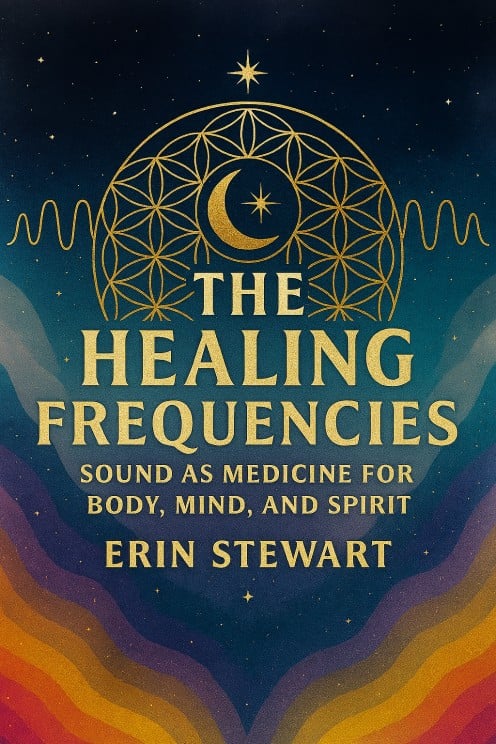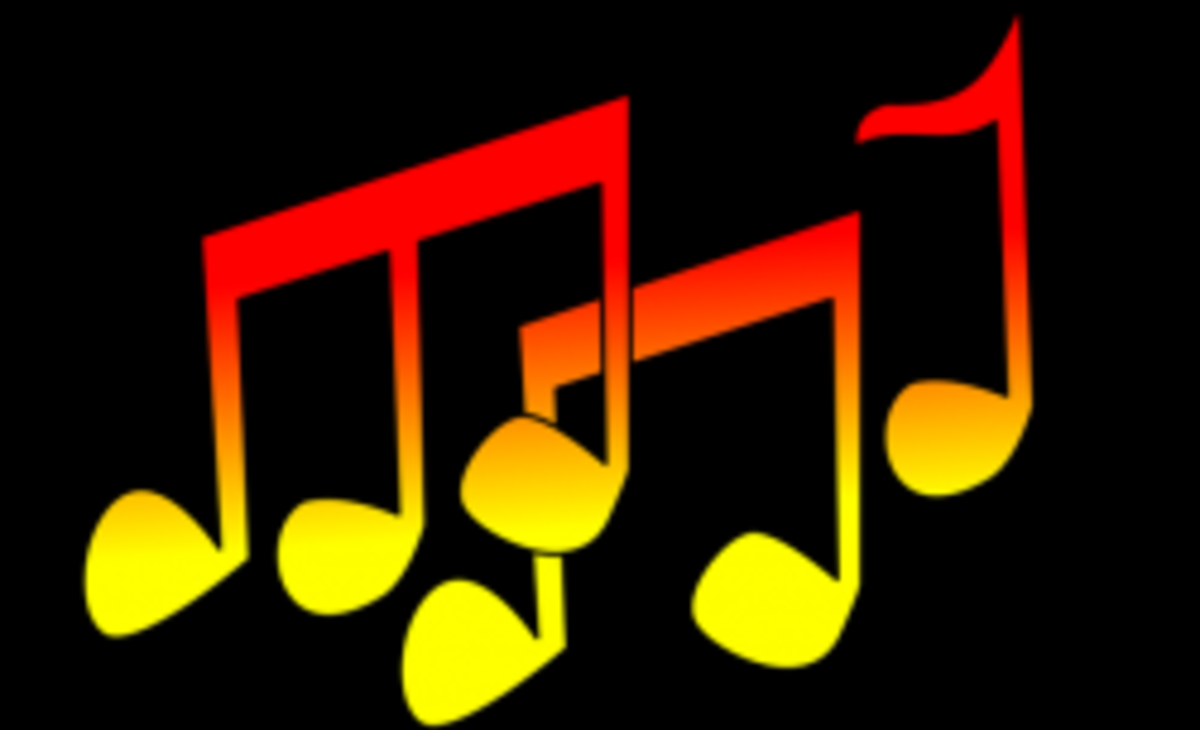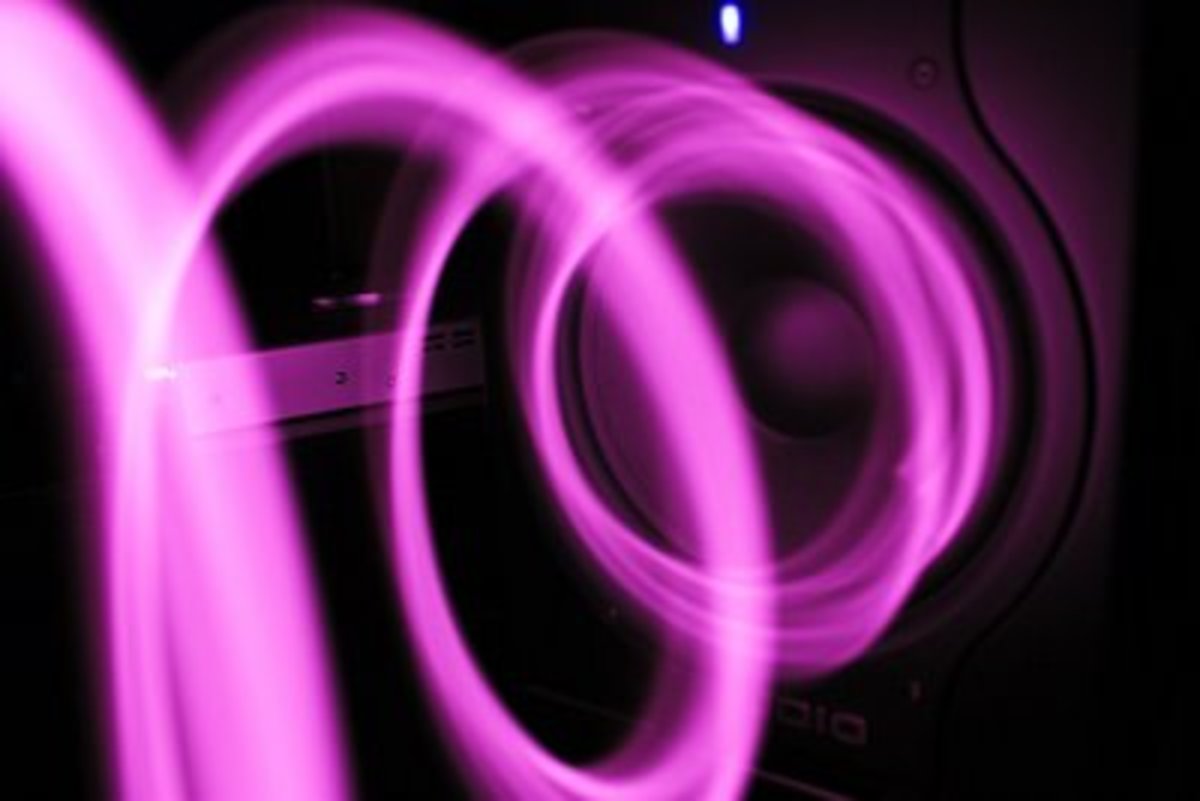The Healing Frequencies: Sound as Medicine for Body, Mind, and Spirit
The Healing Frequencies: Sound as Medicine for Body, Mind, and Spirit

Sound as Medicine: The Rise of Healing Frequencies
In a world saturated with digital chatter and mechanical hums, true silence has become a luxury—and yet, within the very fabric of sound lies a forgotten remedy. Beyond its role as a sensory delight or artistic expression, sound is now being rediscovered as a therapeutic force. Healing frequencies—precise vibrational tones measured in Hertz (Hz)—are believed to do more than soothe the ear. They may recalibrate the nervous system, restore emotional equilibrium, and even stimulate cellular regeneration.
From the sacred chants of Tibetan monks to the immersive resonance of modern sound baths, these frequencies have long been woven into rituals of healing and transformation. Today, they’re finding new life in wellness practices, clinical therapies, and spiritual ceremonies alike.
But what exactly are these frequencies? Are they ancient wisdom reborn—or pseudoscience dressed in melody? Can sound truly heal the body and mind, or is its power purely symbolic?
Science is beginning to listen. And what it's hearing is compelling.
What Are Healing Frequencies?
Healing frequencies are precise vibrational tones—measured in Hertz (Hz)—that interact with the subtle energy systems of the human body. These frequencies are not merely heard; they are felt, absorbed, and mirrored within us. Like tuning a delicate instrument, they aim to recalibrate the body’s rhythms, soothe the mind’s turbulence, and awaken the spirit’s innate harmony.
These sonic tools are used across a wide spectrum of therapeutic and spiritual practices:
-
Sound Therapy: Instruments like tuning forks, crystal bowls, and gongs emit targeted frequencies that resonate with specific organs, chakras, or emotional states. Practitioners use these vibrations to dissolve energetic blockages and promote holistic healing.
-
Binaural Beats: By playing two slightly different tones in each ear, the brain perceives a third tone—the binaural beat—which can entrain brainwaves into states of deep relaxation, focus, or sleep. These are often used in meditation, anxiety reduction, and cognitive enhancement.
-
Music Therapy: In clinical settings, structured music interventions are tailored to support emotional expression, pain management, and neurological rehabilitation. Frequencies are embedded in compositions to evoke specific physiological and psychological responses.
-
Solfeggio Frequencies: Rooted in ancient Gregorian chants and sacred geometry, these frequencies are believed to align with the body’s energy centers (chakras) and support spiritual awakening, emotional release, and physical regeneration.
At the heart of these practices lies the principle of entrainment—a phenomenon where biological rhythms (like brainwaves, heart rate, and cellular oscillations) synchronize with external sound stimuli. Just as a pendulum aligns with another over time, our internal systems can harmonize with healing frequencies, shifting us from dissonance to coherence.
Good Vibes: 2.0 Hz Delta Brain Waves | Damaged Brain Healing | Nerve Regeneration, Cell Repairs Binaural Beats
Sound Meets Science: What the Research Reveals
While the idea of healing through sound may seem mystical or anecdotal to some, a growing body of scientific research is beginning to validate what ancient traditions have long intuited: sound has the power to heal. Though more studies are needed to fully understand the mechanisms, several compelling findings suggest that specific frequencies can influence both physiological and psychological well-being.
Vibroacoustic Therapy (VAT) and Chronic Pain
In a 2015 study published in Music and Medicine, researchers explored the effects of Vibroacoustic Therapy—a technique that delivers low-frequency sound vibrations directly to the body—on patients with fibromyalgia. The results were promising: participants experienced a significant reduction in pain and an improvement in mobility. By applying frequencies through a vibroacoustic chair or bed, the therapy appeared to soothe the nervous system and reduce muscular tension, offering a non-invasive complement to traditional pain management.
Binaural Beats and Emotional Balance
A 2020 study in Frontiers in Human Neuroscience examined the impact of binaural beats—auditory illusions created when two slightly different frequencies are played in each ear—on anxiety and mood. When tuned to the alpha brainwave range (8–14 Hz), these beats were shown to reduce anxiety and elevate mood in participants. This aligns with the theory that entraining the brain to alpha waves can induce a calm, meditative state, ideal for stress relief and emotional regulation.
Music Therapy in Clinical Settings
A sweeping meta-analysis published in The Lancet (2015) reviewed dozens of clinical trials involving music therapy in hospitals. The findings were striking: patients who received music therapy before or after surgery reported significantly lower levels of pain and anxiety. Whether through live music, guided listening, or frequency-based compositions, sound proved to be a powerful adjunct to conventional medical care—especially in high-stress environments.
The 528 Hz Frequency and DNA Repair
One of the most intriguing studies comes from Dr. Glen Rein (1998), who investigated the effects of the 528 Hz frequency—often called the “Miracle Tone”—on DNA. His research found that DNA strands exposed to this frequency exhibited increased stability and repair. While more peer-reviewed replication is needed, this early work suggests that certain frequencies may influence molecular structures in ways we are only beginning to understand.
What Can Healing Frequencies Support?
Taken together, these studies suggest that healing frequencies may offer a range of benefits, including:
-
Pain relief through vibration and resonance
-
Emotional regulation by shifting brainwave states
-
Cellular regeneration and potential DNA repair
-
Improved sleep via calming alpha and theta frequencies
-
Reduced anxiety and depression through entrainment and mood elevation
As research continues to evolve, the bridge between ancient sound traditions and modern science grows stronger—inviting us to listen not just for beauty, but for balance.

Who Has Benefited?
The reach of healing frequencies extends far beyond meditation rooms and wellness retreats. Across hospitals, therapy centers, and sacred spaces, these vibrations have offered comfort, clarity, and connection to people navigating some of life’s most challenging experiences. Here are just a few of the communities who have embraced sound as a form of healing:
Cancer Patients: Soothing the Storm Within
For individuals undergoing chemotherapy, healing frequencies have served as a gentle balm for the emotional and physical turbulence of treatment. Sound therapy sessions—often involving soft binaural beats or harmonic tones—are used to reduce anxiety, ease nausea, and create a sense of inner calm. Some hospitals now integrate music therapy into oncology care, recognizing its ability to lower cortisol levels and support emotional resilience during recovery.
Veterans with PTSD: Reclaiming Inner Peace
Veterans coping with post-traumatic stress disorder (PTSD) have found solace in sound baths and binaural beats. These immersive auditory experiences help regulate the nervous system, quiet hypervigilant brain states, and foster a sense of safety. Frequencies in the theta and alpha ranges (4–14 Hz) are particularly effective in promoting deep relaxation, emotional release, and trauma integration.
Children with Autism: Harmonizing Sensory Worlds
In sensory integration therapy, healing frequencies are used to support children on the autism spectrum. Gentle tones and rhythmic vibrations can help regulate sensory processing, reduce overstimulation, and improve focus. Music-based interventions are also used to enhance communication, emotional expression, and social engagement—offering a non-verbal bridge between inner experience and outer connection.
Chronic Pain & Fibromyalgia Sufferers: Vibrations That Ease
For those living with fibromyalgia, arthritis, or other chronic pain conditions, vibroacoustic therapy has emerged as a non-invasive, drug-free option for relief. Specialized chairs or beds deliver low-frequency sound waves directly to the body, helping to relax muscles, reduce inflammation, and improve mobility. Many patients report a sense of lightness and relief after sessions, as if the body has been gently retuned.
Spiritual Practitioners: Tuning the Soul
In spiritual and energy healing communities, frequencies are revered as tools for aligning the chakras, deepening meditation, and facilitating inner transformation. Solfeggio tones like 396 Hz (liberation from fear) or 963 Hz (connection to the divine) are used in rituals, breathwork, and visualization practices. For many, these frequencies are not just therapeutic—they are sacred.
Have a Story?
If sound therapy has touched your life—whether through a moment of peace, a shift in pain, or a deeper emotional release—I’d love to hear your story. Share your experience in the comments below and help others discover the healing power of vibration. Your voice matters.
List of Common Healing Frequencies & Their Benefits
Frequency (Hz)
| Name/Type
| Healing Purpose
|
|---|---|---|
174 Hz
| Pain Relief Frequency
| Reduces pain, tension, and stress
|
285 Hz
| Cellular Healing
| Supports tissue regeneration and healing
|
396 Hz
| Liberation Frequency
| Releases fear and guilt; Root Chakra
|
417 Hz
| Change Frequency
| Facilitates transformation and emotional healing
|
432 Hz
| Natural Tuning
| Promotes inner peace and harmony
|
528 Hz
| DNA Repair Frequency
| Enhances cellular repair and transformation
|
639 Hz
| Relationship Frequency
| Improves communication and connection
|
741 Hz
| Detox Frequency
| Cleanses cells and promotes intuition
|
852 Hz
| Awakening Frequency
| Stimulates spiritual insight and higher consciousness
|
963 Hz
| Divine Frequency
| Connects to universal consciousness; Crown Chakra
|
Final Thoughts: Sound as Sacred Medicine
Healing frequencies beckon us to listen—not merely with our ears, but with the full presence of our bodies, our breath, and our inner knowing. These vibrations move through us like invisible threads, weaving coherence into chaos, and resonance into silence. Whether you’re drawn to the earthy pulse of 396 Hz, which dissolves fear and anchors the root, or the celestial shimmer of 963 Hz, which opens the crown to divine connection, each frequency offers a unique invitation: to return to balance, to remember wholeness.
In this sonic landscape, sound becomes more than sensation—it becomes communion. A bridge between science and spirit, between the quantifiable and the ineffable. It speaks to the cells and the soul, to the nervous system and the intuition, reminding us that healing is not always dramatic or loud. Sometimes, it’s a subtle shift—a quiet vibration that realigns us with our deepest self, like a whisper from within saying, “You are safe. You are whole. You are home.”
As research continues to illuminate this frontier, one truth remains timeless: sound is one of the oldest medicines we know. And in a world that often demands noise, healing may be found in the spaces between—the tones that tune us back to peace.
References
-
Naghdi, L., Ahonen, H., Macario, P., & Bartel, L. (2015). The effect of low-frequency sound stimulation on patients with fibromyalgia: A clinical study. Pain Research & Management, 20(1), e21–e27. https://doi.org/10.1155/2015/375174
-
Garcia-Argibay, M., Santed, M. A., & Reales, J. M. (2018). Efficacy of binaural auditory beats in cognition, anxiety, and pain perception: A meta-analysis. Psychological Research, 83(2), 357–372. https://doi.org/10.1007/s00426-018-1066-8
-
Hole, J., Hirsch, M., Ball, E., & Meads, C. (2015). Music as an aid for postoperative recovery in adults: A systematic review and meta-analysis. The Lancet, 386(10004), 1659–1671. https://doi.org/10.1016/S0140-6736(15)60169-6
-
Rein, G. (1998). Effect of music on DNA repair. Quantum Biology Research Lab. (Note: This study is referenced in secondary sources; original publication details are limited.)
This content is accurate and true to the best of the author’s knowledge and is not meant to substitute for formal and individualized advice from a qualified professional.
© 2025 Erin K Stewart








